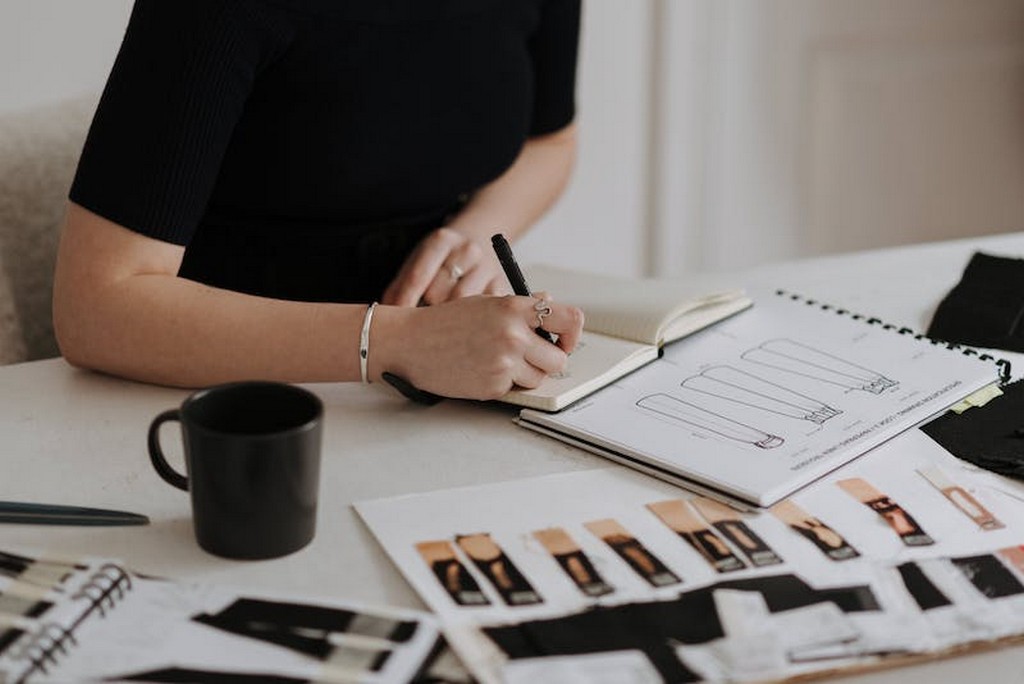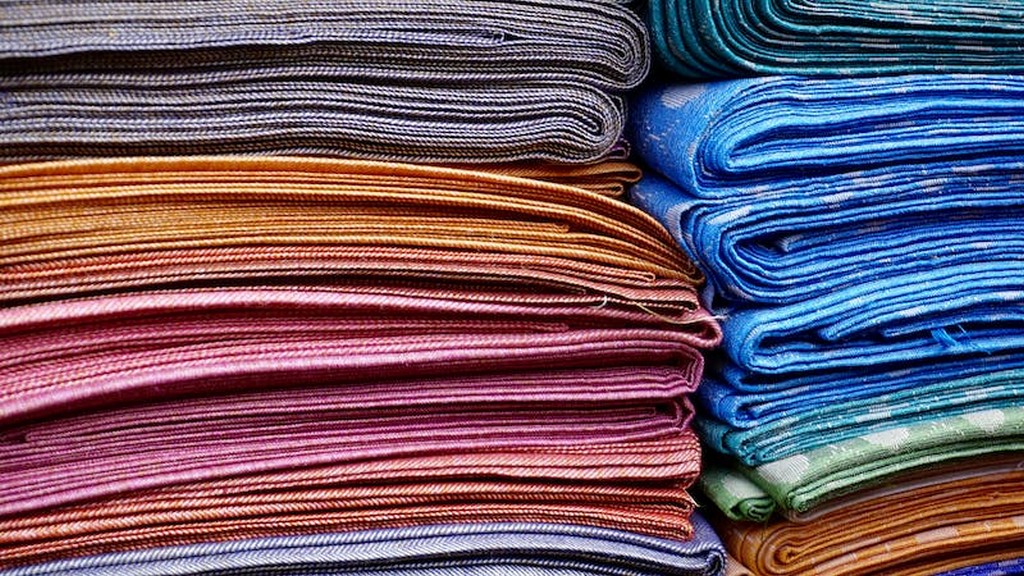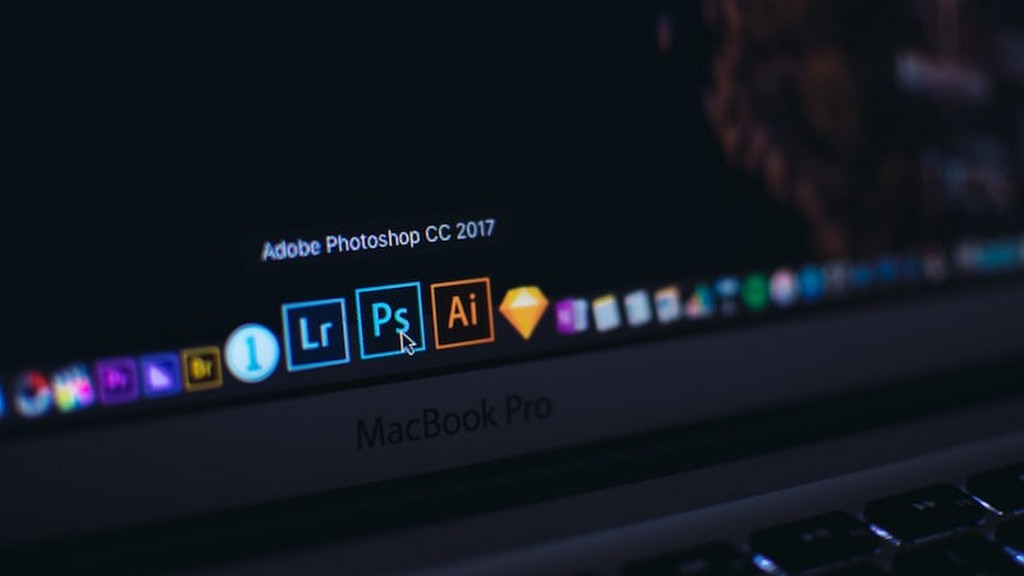What are the basics involved in Fashion Design?
10/03/2023 2023-03-10 11:41What are the basics involved in Fashion Design?
You have your line of clothes. You have showcased your designs in numerous fashion shows across India, France, Italy and Japan. You have a recognized brand that people adore. Are these some of the things on your bucket list to be achieved in the next ten to twelve years? Apart from being successful fashion designers, what do Sabyasachi Mukherji, Ritu Berri, Neeta Lulla, Manish Arora, Manish Malhotra and Ritu Kumar have in common? Getting their basics correct. So, what are the basics involved in fashion designing and how can you have a knack for it? We have listed below the top basic elements that are part of fashion designing.
HAVE A GOOD EYE FOR FASHION DESIGN
You want to become a fashion designer because you have an aptness for fashion and designs or you like the idea of these two things being combined. You have an eye for designs and are creative in your way. The skill of being creative is the first basic needed to become a successful fashion designer. Creativity is innate but with proper formal training, your creative and artistic skills will further get enhanced.
ILLUSTRATIONS AND DRAWINGS

You should be able to sketch your designs and ideas. A fashion designer always visualises designs in their heads first and then sketches them. This helps them as well as other people like tailors to create an outline of the first blueprint. You should be able to express your designs through your drawings and illustrations. Most of the fashion drawings will include all the details of your design like fit, shape, darts, sleeve length, colours and seams. If you go for a degree in fashion designing, then you will learn about drawings and illustrations for fashion design in a much better way.
PATTERN MAKING AND GARMENT CONSTRUCTION
Pattern making and grading are important aspects of fashion designing. How a garment fits a person should be considered before making any garment. Even a small change in the fit might make the dress look different than what it was intended to look like. A good fashion designer always knows perfect garment construction, i.e., how a piece of cloth can be turned into some unique design that is functional as well.
TAILORING
Sewing will turn your imagination into an actual piece of clothing. Hence, sewing is a fundamental skill in fashion designing and should be learned effectively. The slightest error in sewing a garment might result in an entirely different design. So, you should learn sewing skills and sew various garments or fabrics to gain expertise in it.
MERCHANDISING AND MARKETING
As a budding designer, this might not be your priority at first. Once you gain your fashion designing degree, you will probably try to get exposure in the field by working under an expert. Still, after a few years, fashion marketing and merchandising will be an important part of your profession. These skills will develop when you intern or have a job in the field. Try to learn as much as possible by keeping a note of how things are done: getting the raw materials, marketing the final products and sending them to distributors (if the products are sold in different locations).
KNOWLEDGE OF TEXTILES

Knowing about the different types of fabrics and their properties will help you in making appropriate garments. Not all types of fabrics will suit a design, its context or even the desired shape or fit. You need to take utmost care while selecting fabrics for your designs. They should complement each other. Suppose, you want to make a tulle skirt, then you need net fabric and not fabrics like cotton, georgette or velvet. Use swatches of fabrics to familiarize yourself with what your design will look once it is completed. In the illustrations of the designs, keep a note of the fabric you want by attaching a swatch to the page.
COLOURS AND COLOUR THEORY
You already have an idea about colours and their versatility; how a colour alone can enhance a dress or fabric. So, knowledge of colours is a basic point in your journey of fashion designing. You should be able to decide which colours will look better for a particular fabric or dress, on different skin tones and how combinations of different colours work.
GRAPHIC TOOLS

Though not mandatory, knowing basic photo editing and digital illustration tools will be helpful in the future. As a fashion designer, sometimes your clients might want digital drawings of your designs so that they can suggest any changes or modifications in the file itself.
FASHION DESIGNING DEGREES
You should enrol yourself in a fashion designing course to enhance all the basics listed above. It can be a diploma with a short duration or a full-fledged degree. Having a formal degree in your area of expertise will pay off in the future. You will learn a lot of skillsets during your course which includes sewing techniques, arts and fashion illustrations, textiles and their functions, and exposure to the actual world of fashion designing via events and workshops.
Check out the variety of courses we offer in the field of fashion designing. Studying fashion designing will give you the advantage of collaborating with your peers and expressing yourself to mentors and peers. This will carve a road for your future career as a successful fashion designer.













